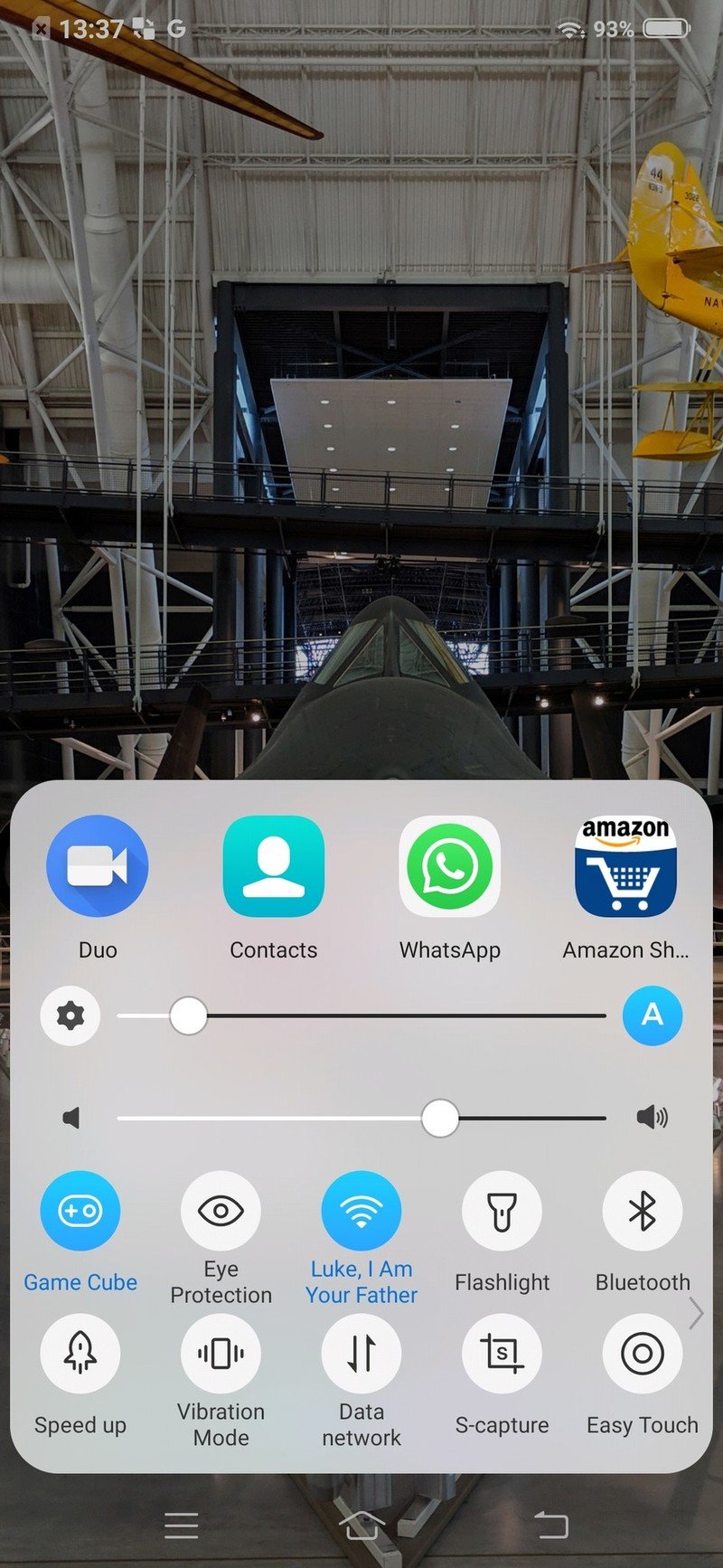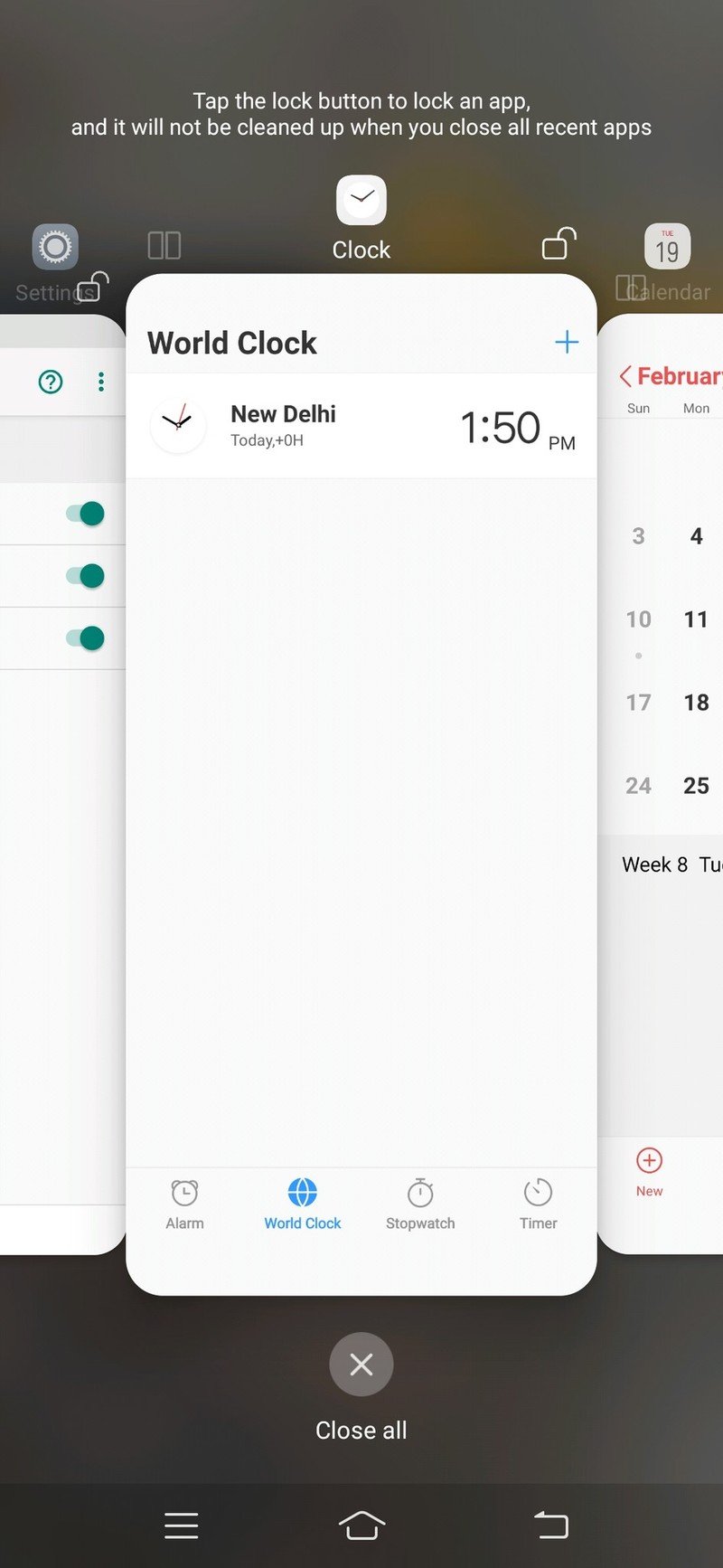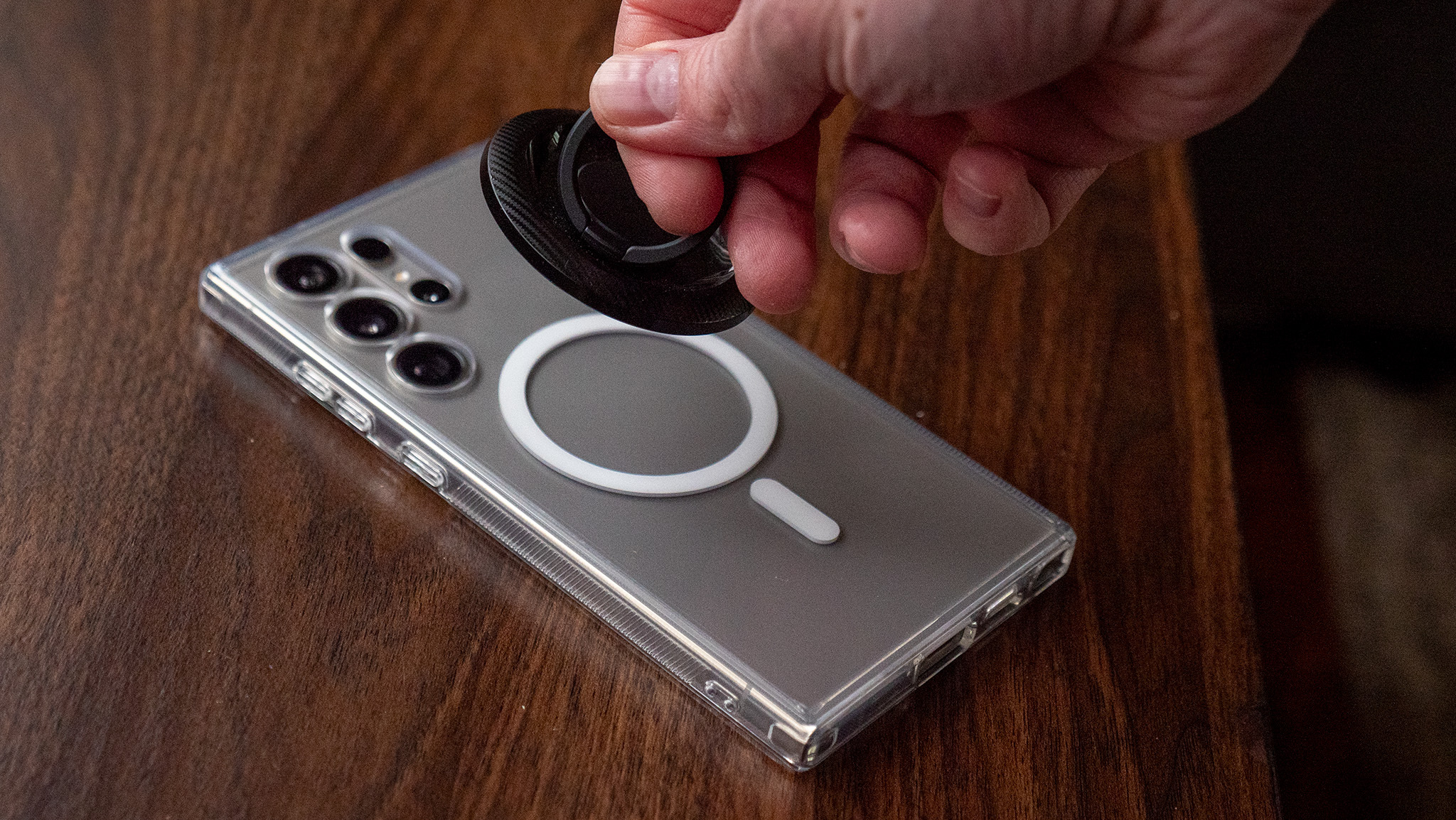Three years on, Vivo still can't get its software act together

Vivo isn't a name that is immediately familiar to many in the West, but the Chinese manufacturer has a considerable presence in Asia. Over the last three years, it invested huge amounts of money in setting up retail distribution networks in China and India, with the result being that Vivo is now the fifth-largest phone manufacturer in the world.
Vivo also consistently introduces futuristic tech — it was the first to put an in-display fingerprint sensor in a phone — and to its credit, it has done a remarkable job bringing its latest innovations to consumer-ready devices.
The Vivo NEX was one of the best devices I used last year, and the V15 Pro continues in much the same vein. The phone was unveiled earlier this week and will go on sale for the equivalent of $350. For that amount, you get an in-display fingerprint sensor, along with three cameras at the back and a retractable front camera, leading to an all-screen front that doesn't have any cutouts.
There's no doubt Vivo makes gorgeous hardware — but FuntouchOS continues to be its main drawback.
But where things take a nosedive is the software. Vivo's FuntouchOS is one of the more heavily-skinned interfaces around, and the brand has done little to change the visual elements or update the skin to cater to a global audience.
Like most other Chinese manufacturers, Vivo designed its interface primarily for the Chinese audience, and the international variant has the same skin albeit with the Play Store bundled out of the box.
Vivo even leaves its own app store intact on the international version, along with enough bloatware to make Verizon proud. Then there's the UI itself — FuntouchOS is a near-perfect copy of iOS, and everything from the launcher to the stock apps and animations are designed to mimic Apple's interface.
For instance, you don't get quick toggles for Wi-Fi, mobile data, and other settings in the notification pane. They're instead located in a separate panel called Control Center, and you access it with a swipe up from the bottom of the screen — just like in iOS.
Get the latest news from Android Central, your trusted companion in the world of Android
Other Chinese manufacturers like Huawei and Xiaomi have gone to considerable lengths to make their interfaces more palatable to a global audience in recent years, and by comparison Vivo has a long way to go in this area. The manufacturer has made some strides though: its latest phone comes with Android 9.0 Pie out of the box, and it is getting better at rolling out updates.
In an ideal world, OxygenOS would power all Vivo devices.
But for Vivo to be taken seriously as a phone maker outside of China, it needs to make wholesale changes to FuntouchOS. Ideally, I'd like to see OxygenOS power Vivo devices, but that — at least for now — is wishful thinking.
Vivo is owned by BBK Electronics, the same company that also owns OPPO and OnePlus. While OnePlus sources its components through OPPO, the three companies are run independently, with Vivo directly competing with OPPO in most markets.
In an ideal world, there would be a mutual sharing of ideas and technologies between the three BBK brands, but they're not set up for that right now. Vivo has a lot to gain by switching to an interface that's closer to pure Android, particularly when you consider that the brand is making some of the best hardware in the market today. While it isn't likely we'll see Vivo phones powered by OxygenOS anytime soon, I'll settle for a refreshed version of FuntouchOS that's designed for a more mainstream audience.

Harish Jonnalagadda is Android Central's Senior Editor overseeing mobile coverage. In his current role, he leads the site's coverage of Chinese phone brands, networking products, and AV gear. He has been testing phones for over a decade, and has extensive experience in mobile hardware and the global semiconductor industry. Contact him on Twitter at @chunkynerd.






